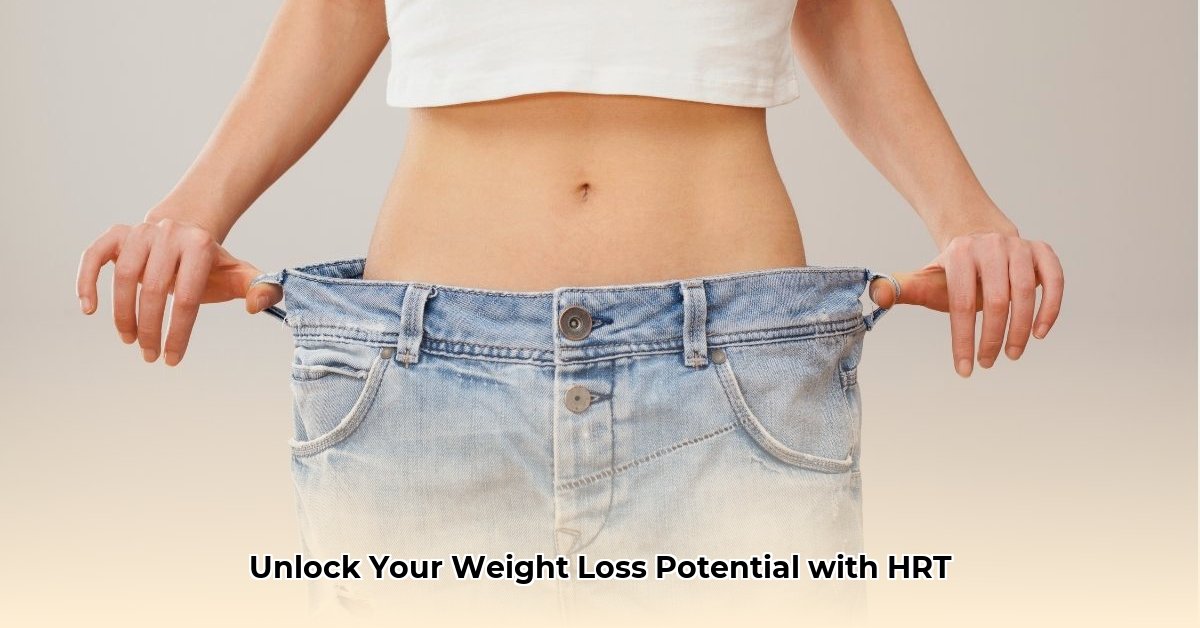
Biote Weight Loss: Understanding Hormone Pellet Therapy
Biote weight loss utilizes hormone pellet therapy (HPT), a type of hormone replacement therapy (HRT), to facilitate weight reduction. HPT involves the subcutaneous implantation of small, time-release pellets containing bioidentical hormones (hormones chemically identical to those naturally produced by the body). The underlying principle is that correcting hormonal imbalances can improve metabolism and make weight loss easier. However, it's crucial to understand both the potential benefits and limitations before considering this approach.
How Does Biote Weight Loss Work?
Hormonal imbalances can significantly impact metabolism, hindering weight loss efforts. Biote therapy aims to address these imbalances by providing a steady supply of hormones over several months. This sustained release is more convenient than other HRT methods (like daily pills or injections). However, it also means dosage adjustments are more challenging once the pellets are implanted. The efficacy of HPT for weight loss is based on the theory that restoring hormonal balance boosts metabolism. Results, however, are highly individualized and not guaranteed.
Is Biote a quick fix for weight loss? No, it's not a magic bullet. It is best viewed as a tool to support broader lifestyle changes and must be implemented alongside a comprehensive strategy that includes a balanced diet and regular exercise.
Understanding the Upsides and Downsides
Advantages:
- Convenience: Long-lasting effect with fewer applications than other methods like gels or creams.
- Potential Metabolism Boost: May improve metabolic rate, potentially facilitating weight loss.
- Symptom Relief: Could alleviate hormone-related symptoms associated with weight gain.
- Bioidentical Hormones: Uses hormones chemically similar to those naturally produced by the body.
Disadvantages:
- Dosage Inflexibility: Adjusting hormone levels after implantation is difficult.
- Infection Risk: A small risk of infection at the implant site exists.
- Potential for Imbalance: Incorrect dosage can lead to health complications.
- Cost Factor: Significantly higher upfront cost compared to other HRT options.
Potential Risks and Side Effects: What You Need to Know
Incorrect dosage—too much or too little hormone—is a major concern. This can disrupt your body's balance, affecting weight and overall health. Infection at the implant site is a possibility, though rare with proper sterile procedures. Furthermore, the long-term effects of consistent hormone levels are still under investigation. Close monitoring by your physician is critical throughout the treatment. Dr. Anya Sharma, Endocrinologist at the University of California, San Francisco, notes that "close patient monitoring after pellet implantation is essential to detect and address any adverse effects."
Your Step-by-Step Guide to Biote Therapy
- Initial Consultation: Discuss your medical history, current medications, and weight goals with a qualified HRT and weight management specialist.
- Comprehensive Assessment: Undergo necessary tests to evaluate your hormone levels and overall health to determine suitability for Biote therapy.
- Pellet Implantation (if appropriate): This minor procedure involves implanting pellets subcutaneously.
- Ongoing Monitoring: Regular follow-up appointments are crucial for monitoring hormone levels, addressing side effects, and ensuring treatment efficacy. Dosage adjustments might be limited until pellets are depleted.
- Lifestyle Changes: Maintain a healthy diet and engage in regular exercise. Biote should be used as a support mechanism, not a replacement for a healthy lifestyle. “Remember, even with Biote, diet and exercise remain fundamental to sustained weight management,” states Dr. David Lee, a leading expert in hormone replacement therapy.
Alternatives to Consider: You Have Choices!
Explore other HRT delivery methods like creams, gels, patches, or injections offer greater dosage flexibility. These may also be more cost-effective in the long run. A comprehensive discussion with your doctor is essential to identify the most appropriate approach.
Comparing Long-Term Effects: HRT Pellets vs. Gels
Did you know that choosing between hormone pellets and gels for weight management can significantly impact long-term results?
Both hormone pellet therapy and hormone gels utilize bioidentical hormones, aiming to restore hormonal balance. However, their delivery methods differ, affecting long-term outcomes. The key distinction lies in the convenience and control offered by each method.
Understanding Your Options: Pellets vs. Gels
Pellet Approach (Convenience vs. Control): Pellets offer sustained hormone release but lack dosage flexibility. Once implanted, adjustments are limited. This “set-it-and-forget-it” aspect, while convenient, can be a drawback if side effects occur.
Gel Application (Flexibility and Fine-Tuning): Gels provide greater control, as daily application allows for easy dosage adjustments. This adaptability is crucial for managing side effects. However, daily application requires greater commitment.
Long-Term Considerations: A Head-to-Head Comparison
While both aim for hormonal balance, the risks and benefits differ. Pellets carry a slightly higher risk of infection at the implant site, while gels might cause skin irritation. Comparative long-term studies on efficacy and safety are still limited.
| Feature | Hormone Pellets | Hormone Gels |
|---|---|---|
| Administration | Single implantation | Daily topical application |
| Dosage Adjustment | Limited | Flexible |
| Convenience | High | Lower |
| Infection Risk | Higher | Lower |
| Cost | Higher initial cost, potential for longer-term costs | Generally lower initial cost |
Making the Right Choice: Your Next Steps
- Lifestyle Assessment: Consider your ability to adhere to daily gel applications versus the convenience of pellet implantation.
- Risk Discussion: Understand the infection risk with pellets and potential skin irritation with gels.
- Long-term Cost Evaluation: Factor in the higher initial cost of pellets and the ongoing expense of gels.
- Comfort and Control: Assess how important dosage adjustability is for you.
Your physician's guidance is paramount in choosing the optimal HRT method for your needs and circumstances. Remember, a personalized approach is key to successful weight management and overall well-being.